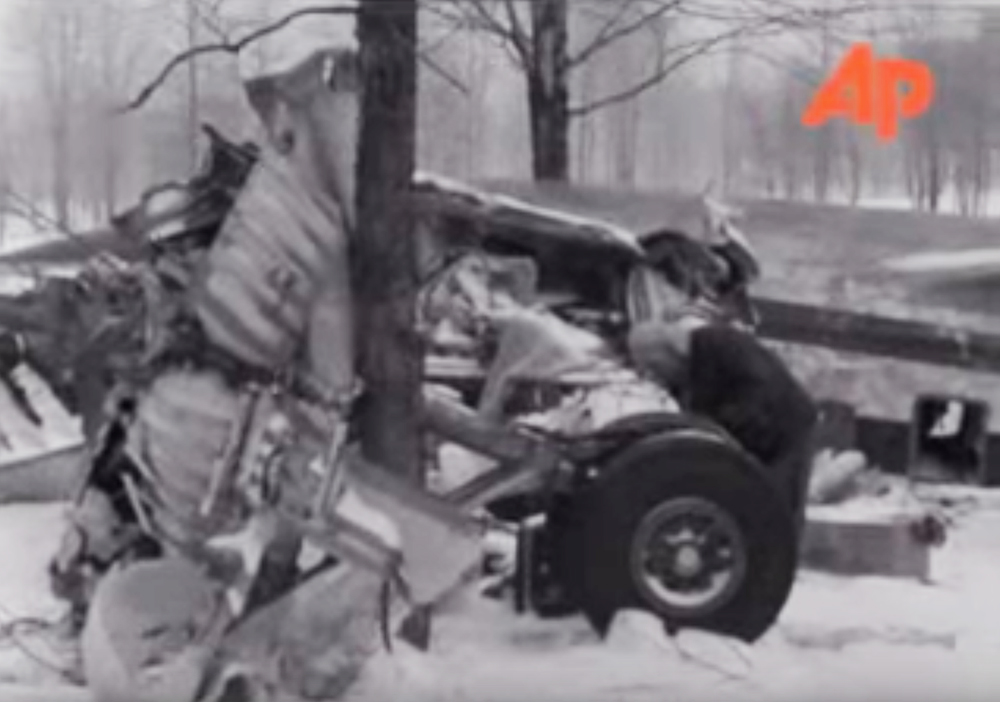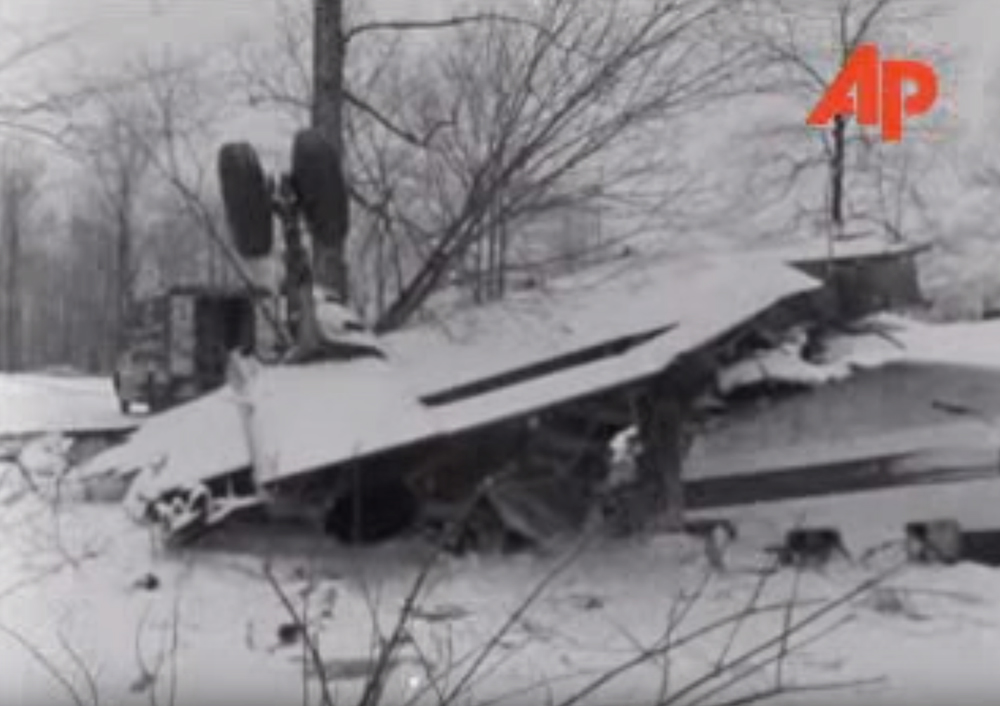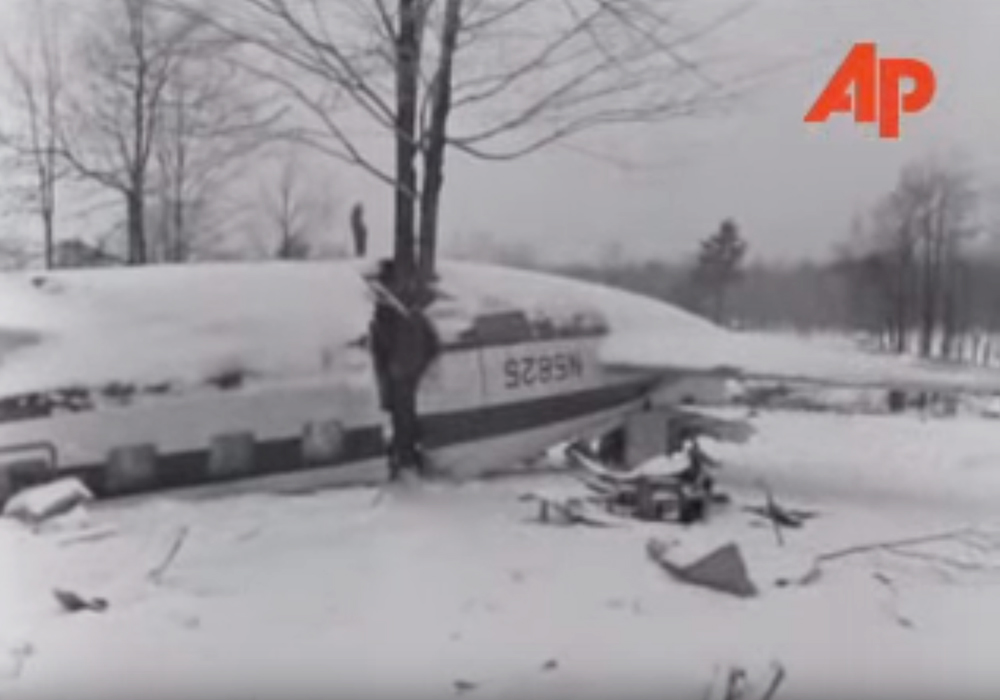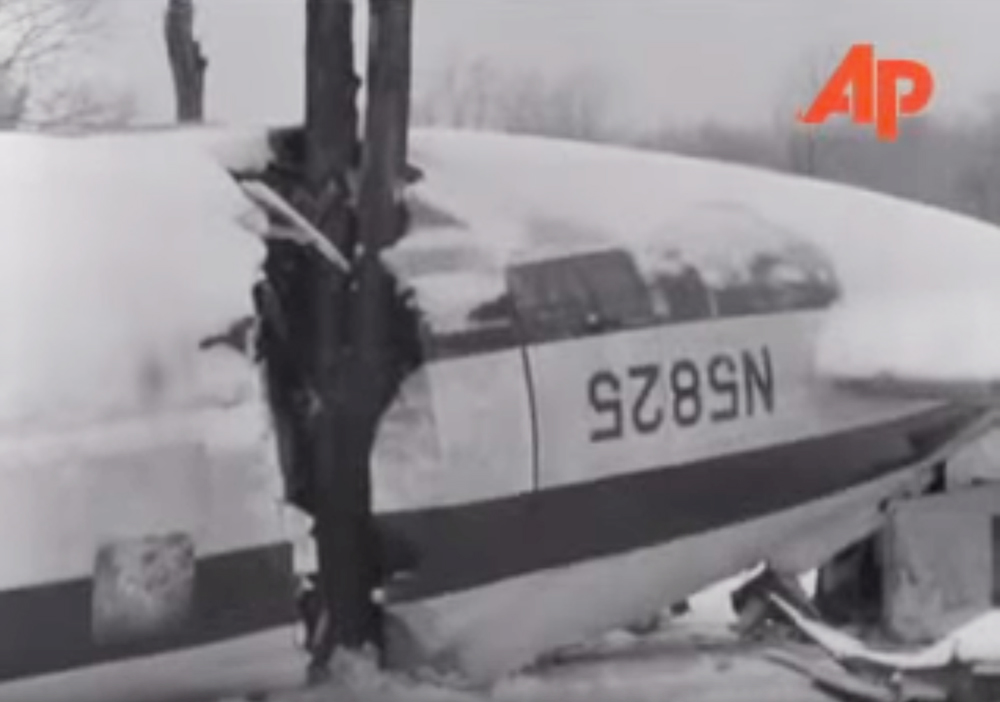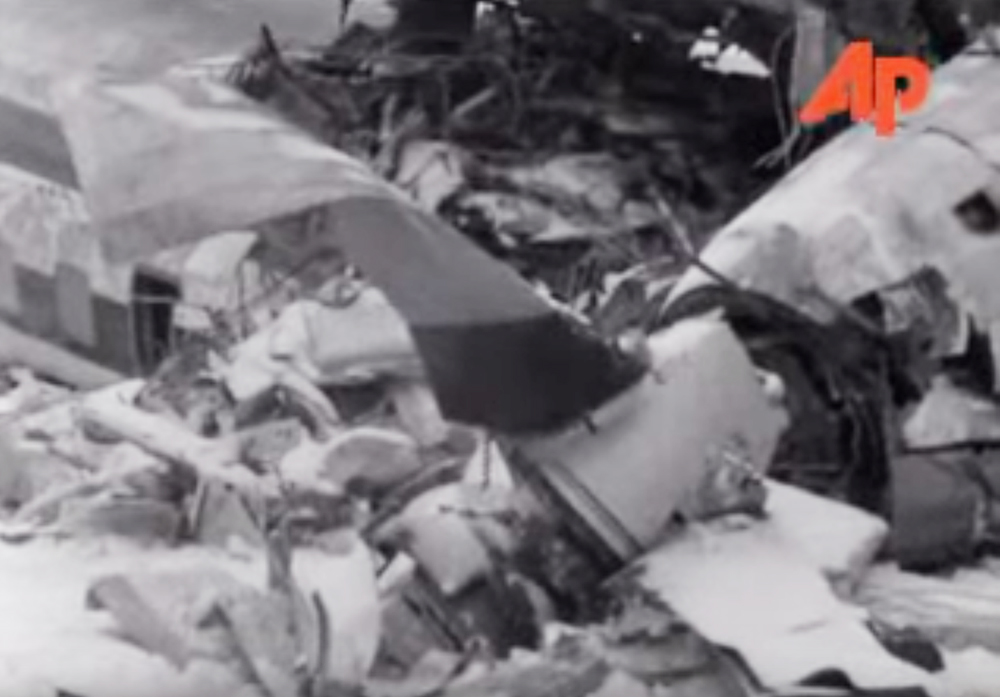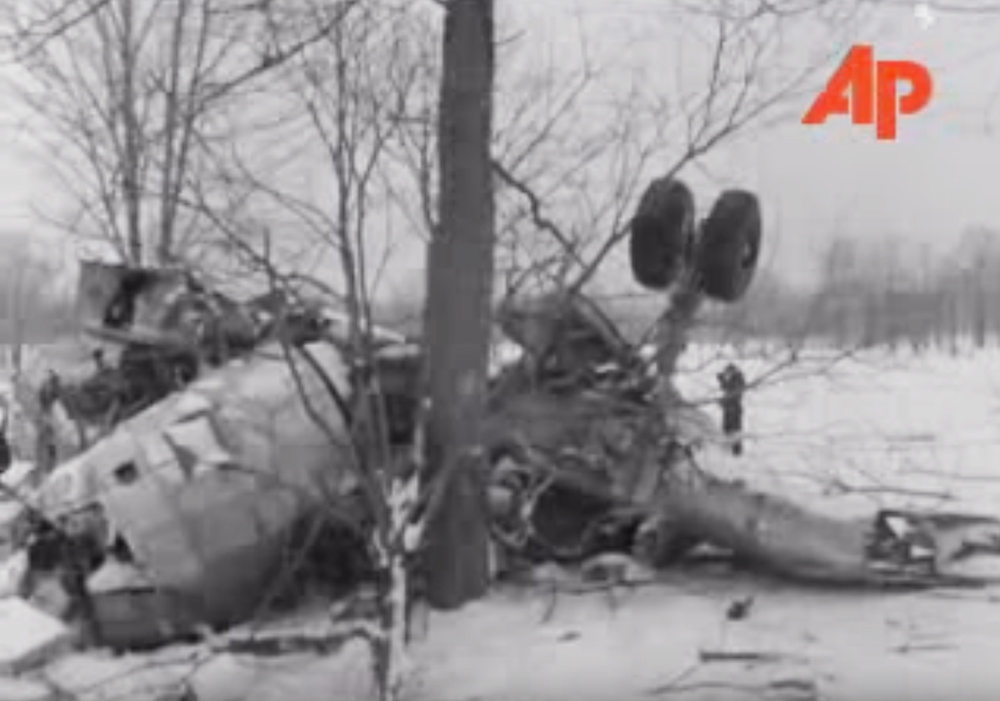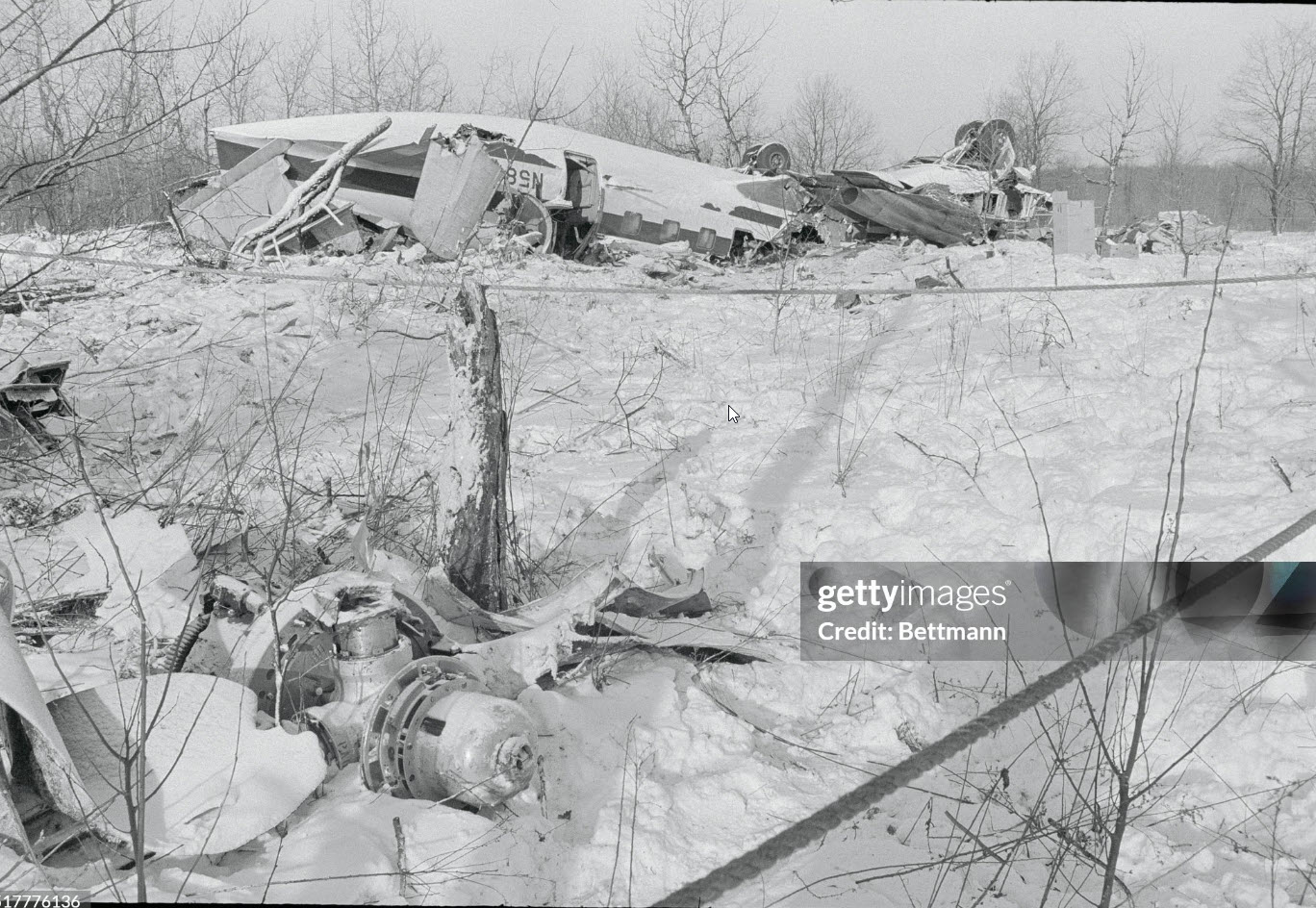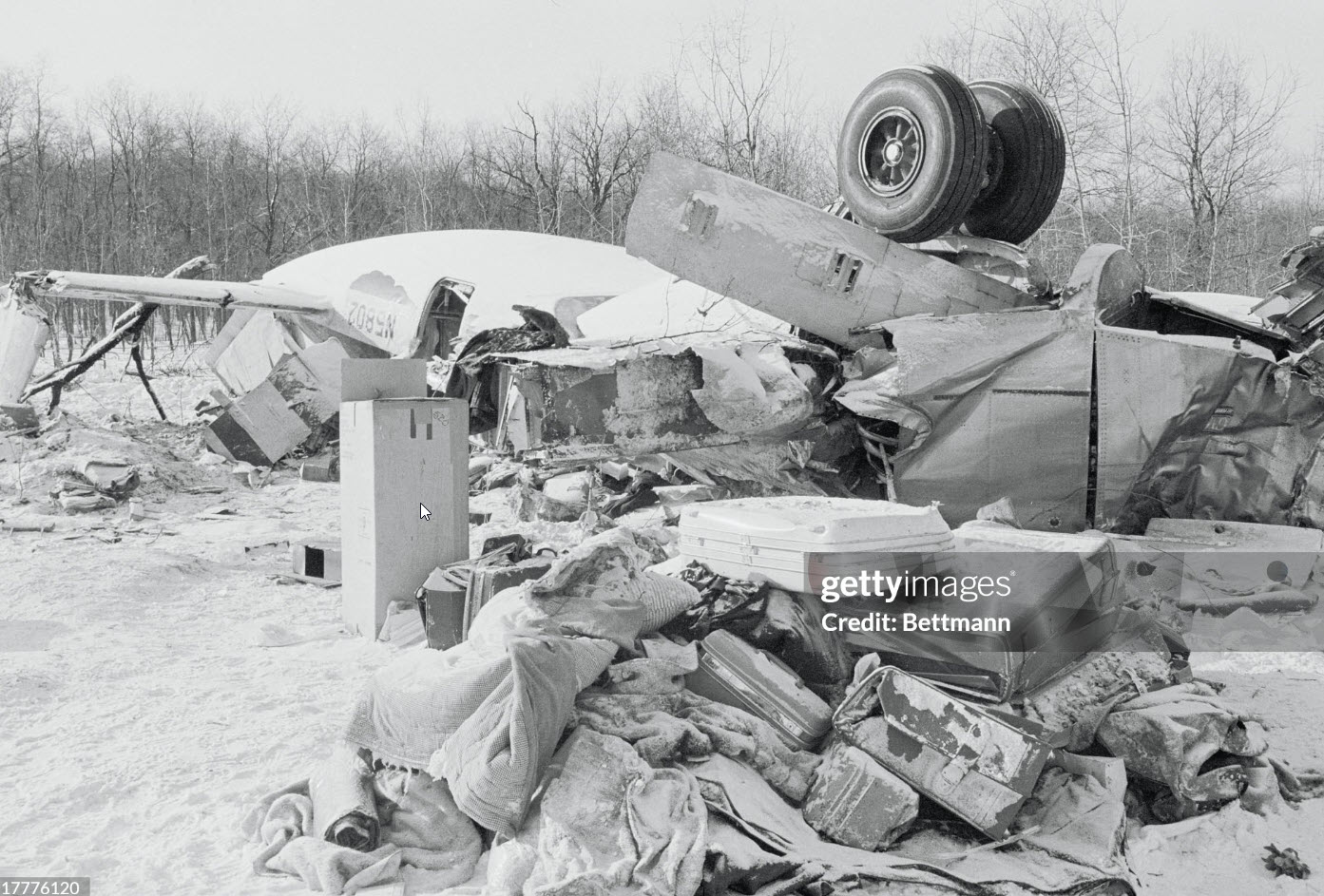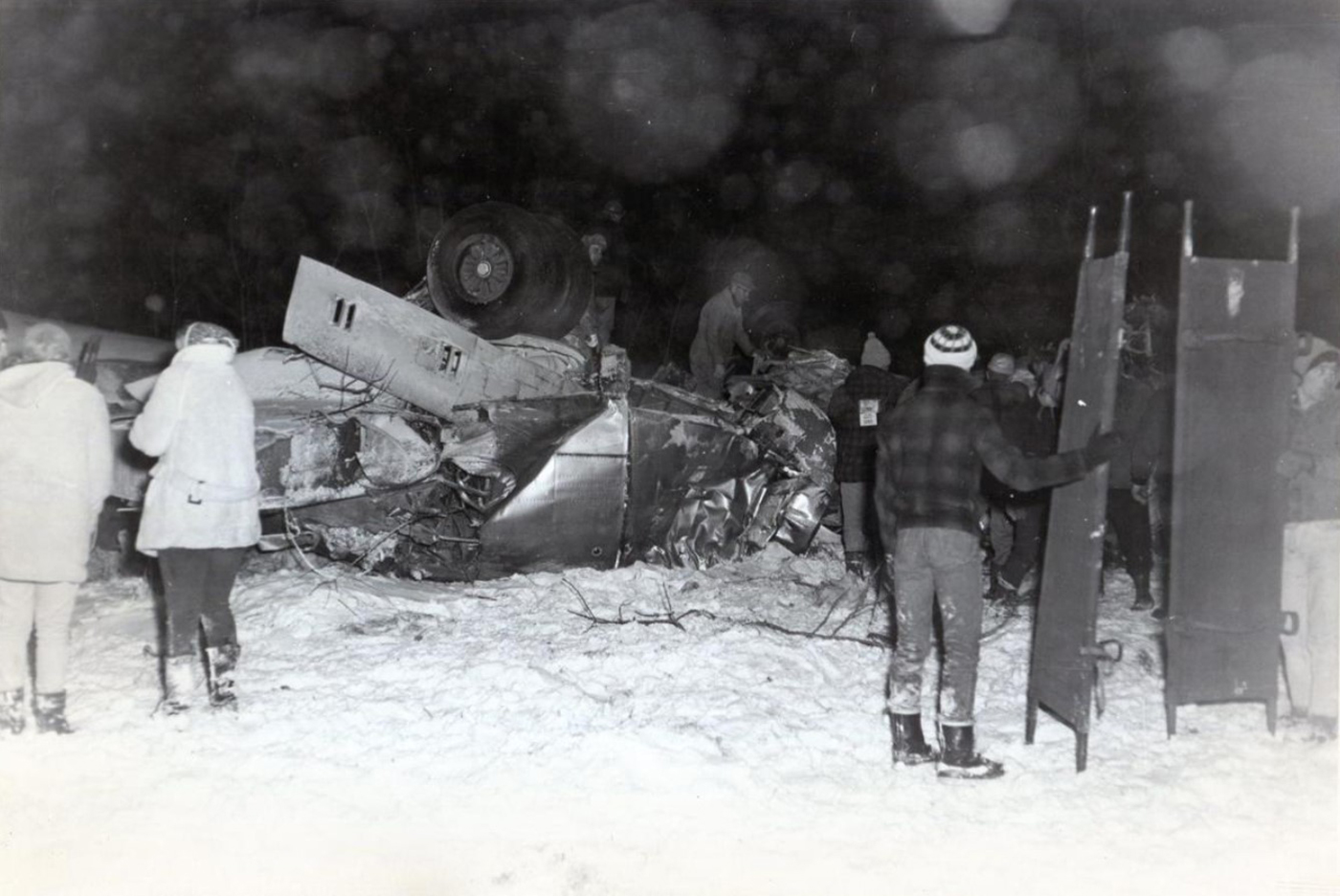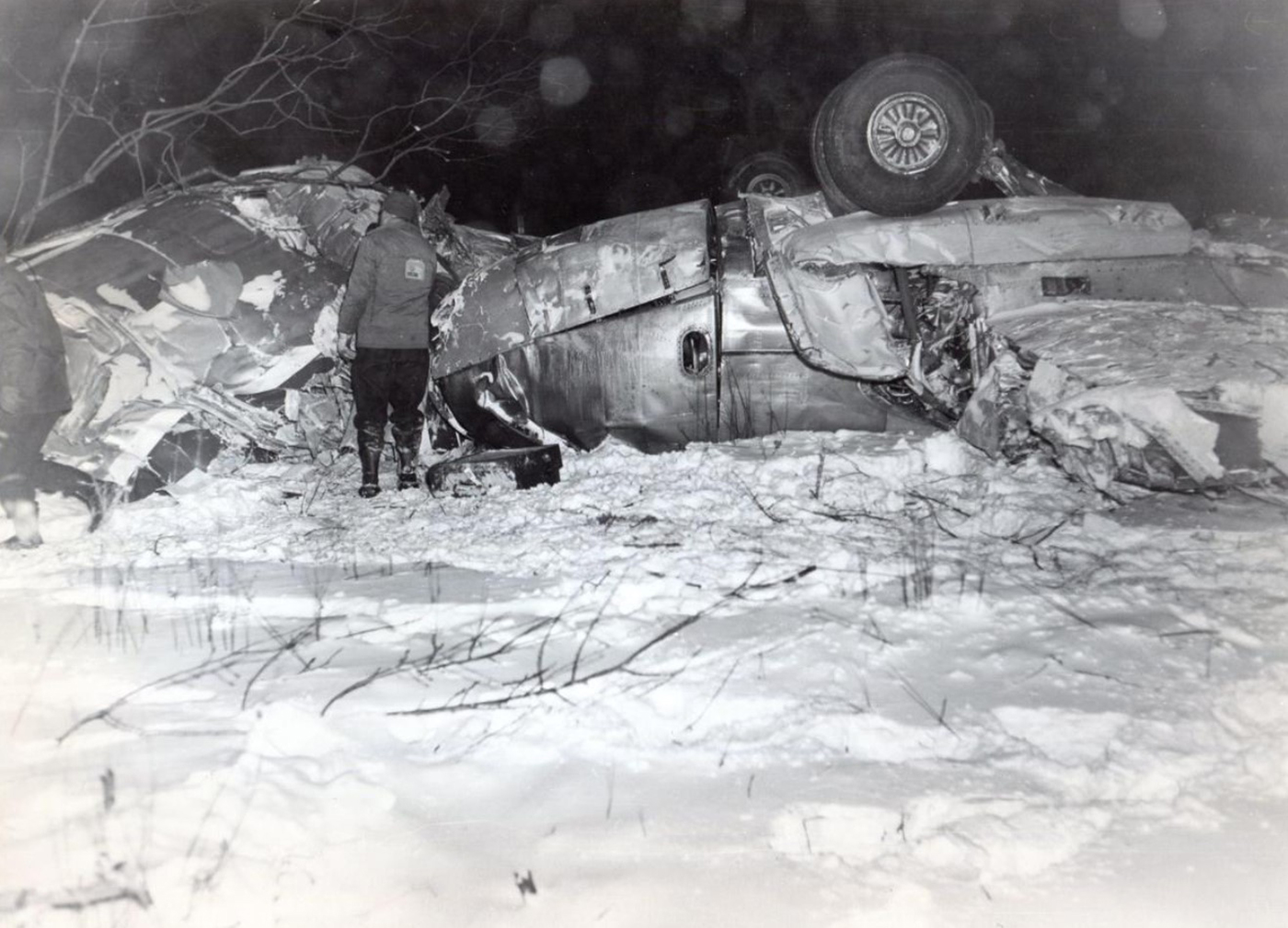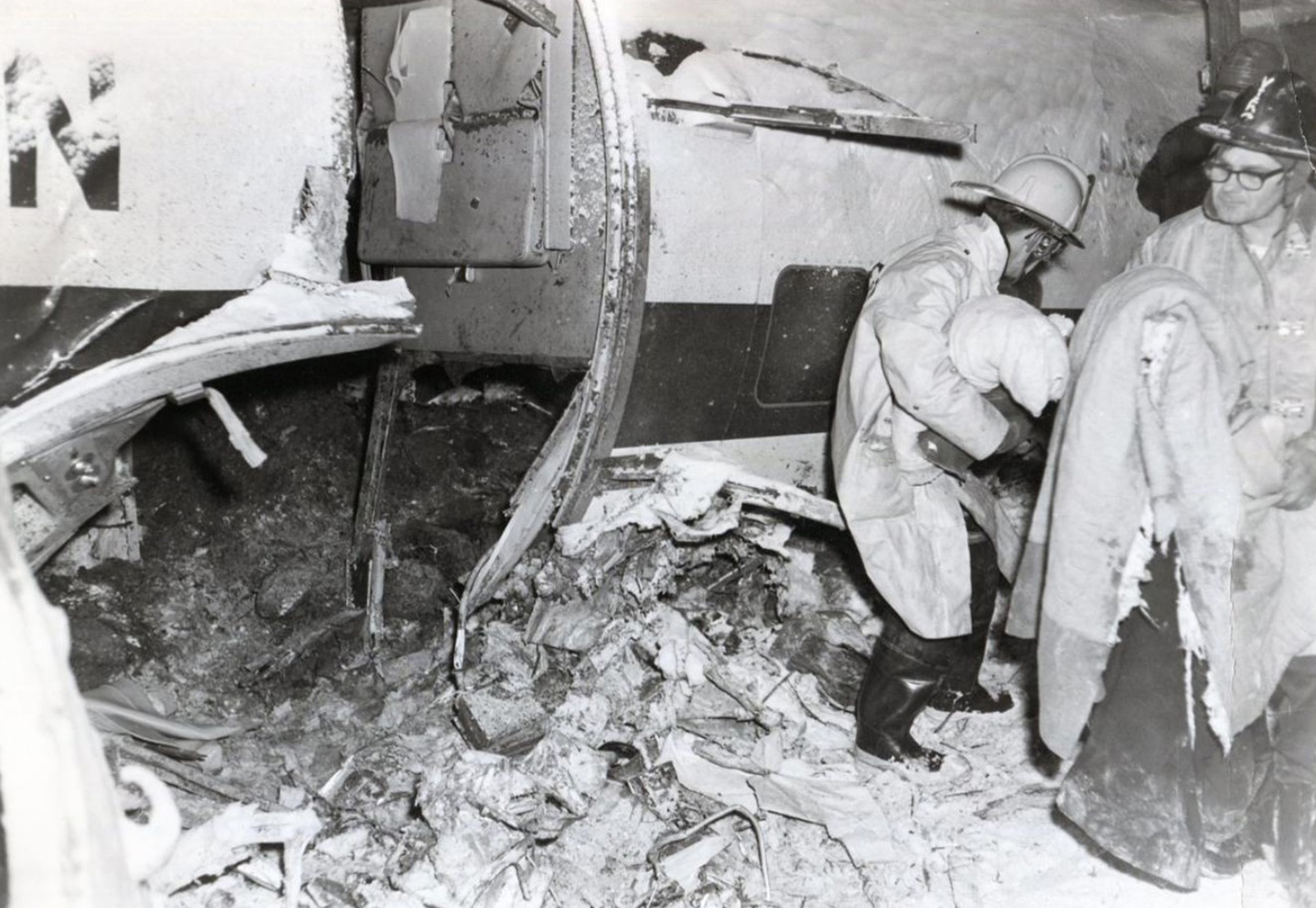Crash of a Boeing 737-222 in Philadelphia
Date & Time:
Jul 19, 1970 at 1907 LT
Registration:
N9005U
Survivors:
Yes
Schedule:
Philadelphia - Rochester
MSN:
19043/18
YOM:
1968
Flight number:
UA611
Crew on board:
6
Crew fatalities:
Pax on board:
55
Pax fatalities:
Other fatalities:
Total fatalities:
0
Captain / Total hours on type:
517.00
Copilot / Total hours on type:
736
Aircraft flight hours:
3956
Circumstances:
At 18:50 Boeing 737 "City of Bristol" taxied to runway 09 for departure. At 19:05 the first officer, who was pilot flying, initiated the takeoff roll. Shortly after rotation, at a speed above V2, a loud bang was heard and the aircraft veered to the right. The captain moved both throttles forward but there seemed to be no response. The captain then made the instantaneous decision to set the aircraft back on the runway. The aircraft touched down 1075 feet short of the runway end. The 737 continued of the end of the runway and across the blast pad. It crossed a field, passed through a 6-foot high aluminum chain link fence into an area covered with high grass, weeds and brush. The aircraft came to rest 1634 feet past the end of the runway.
Probable cause:
The termination of the take-off, after the No.1 engine failed, at a speed above V2 at a height of approximately 50 feet, with insufficient runway remaining to effect a safe landing. The captain's decision and his action to terminate the take-off were based on the erroneous judgment that both engines had failed.
Final Report:






